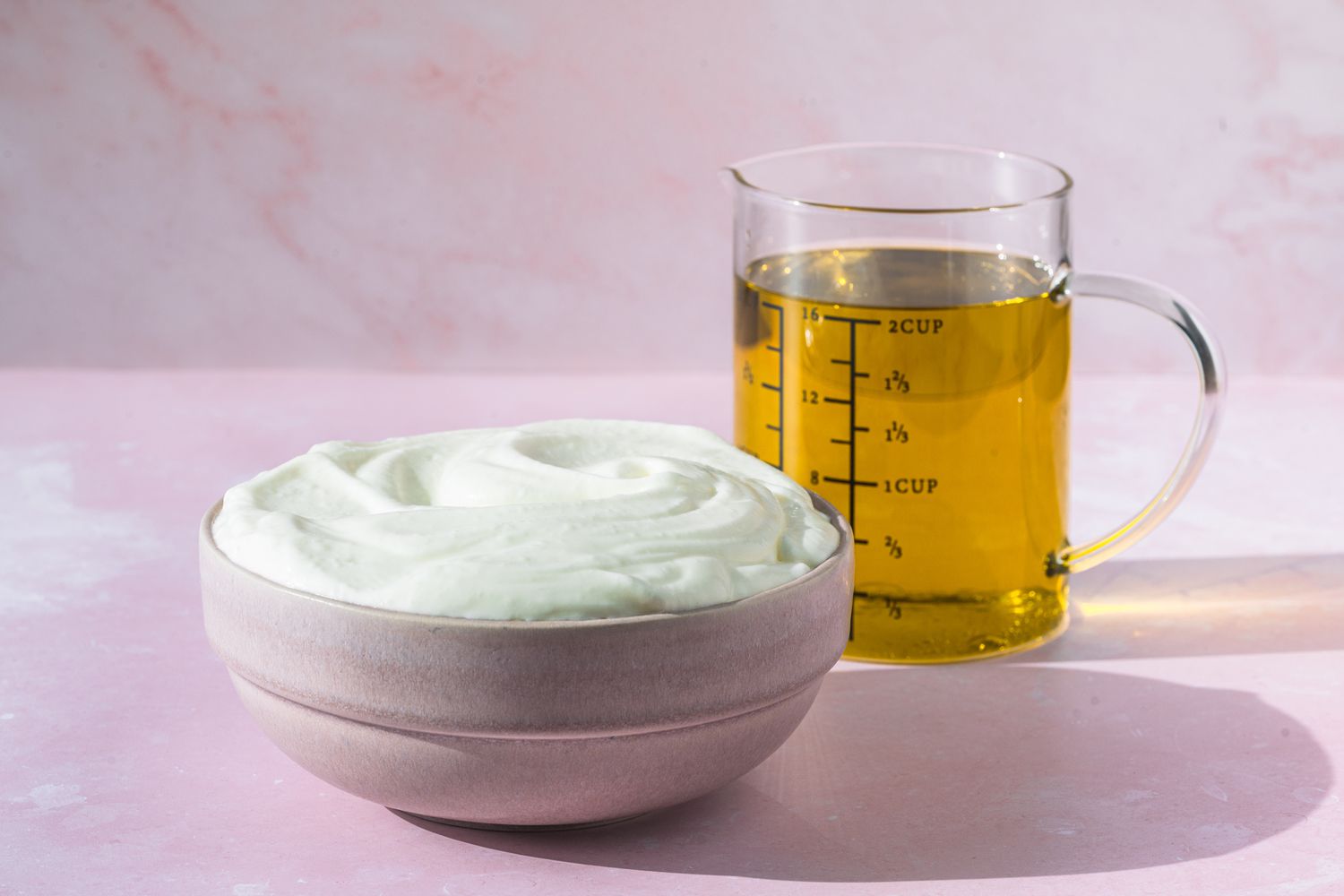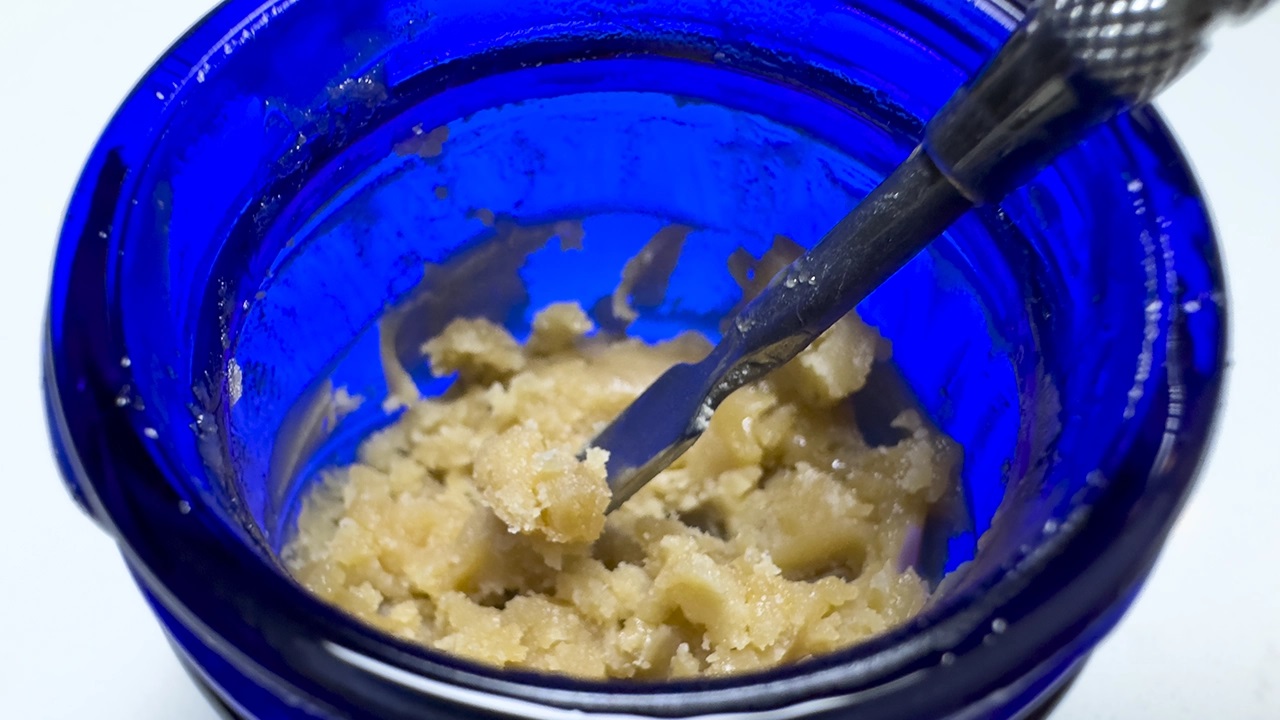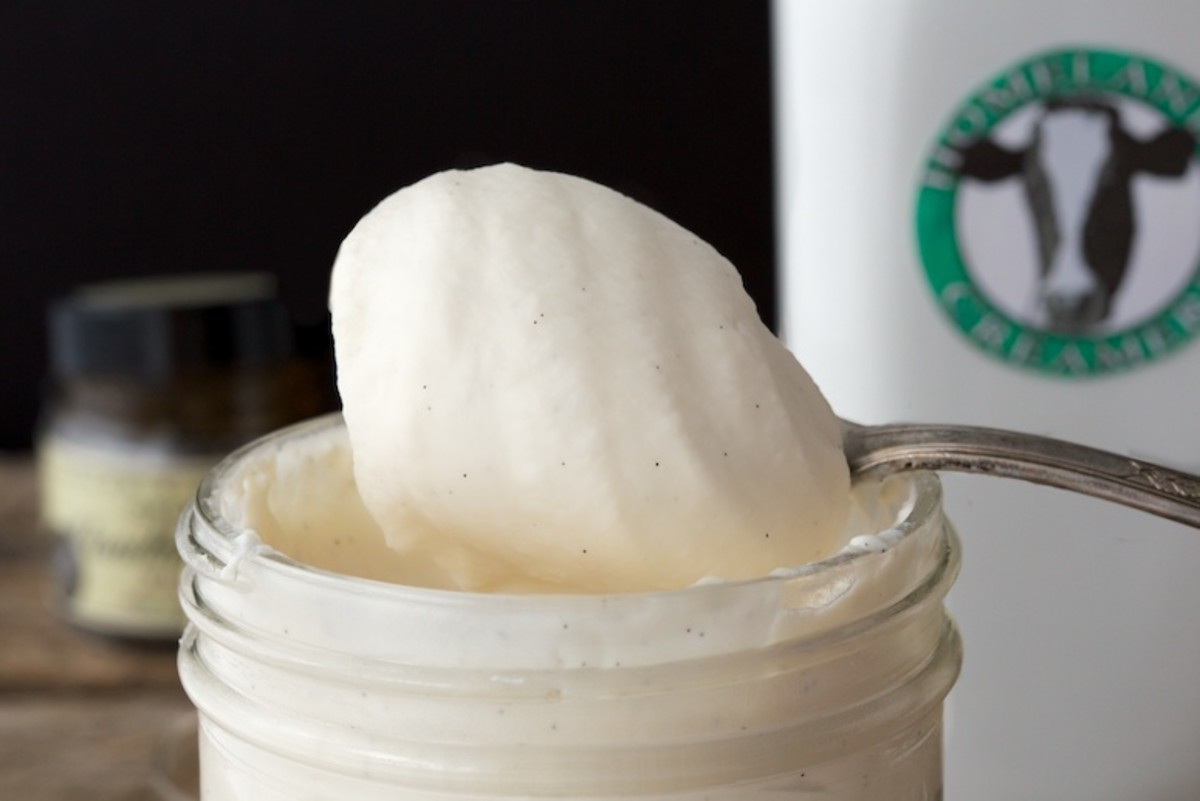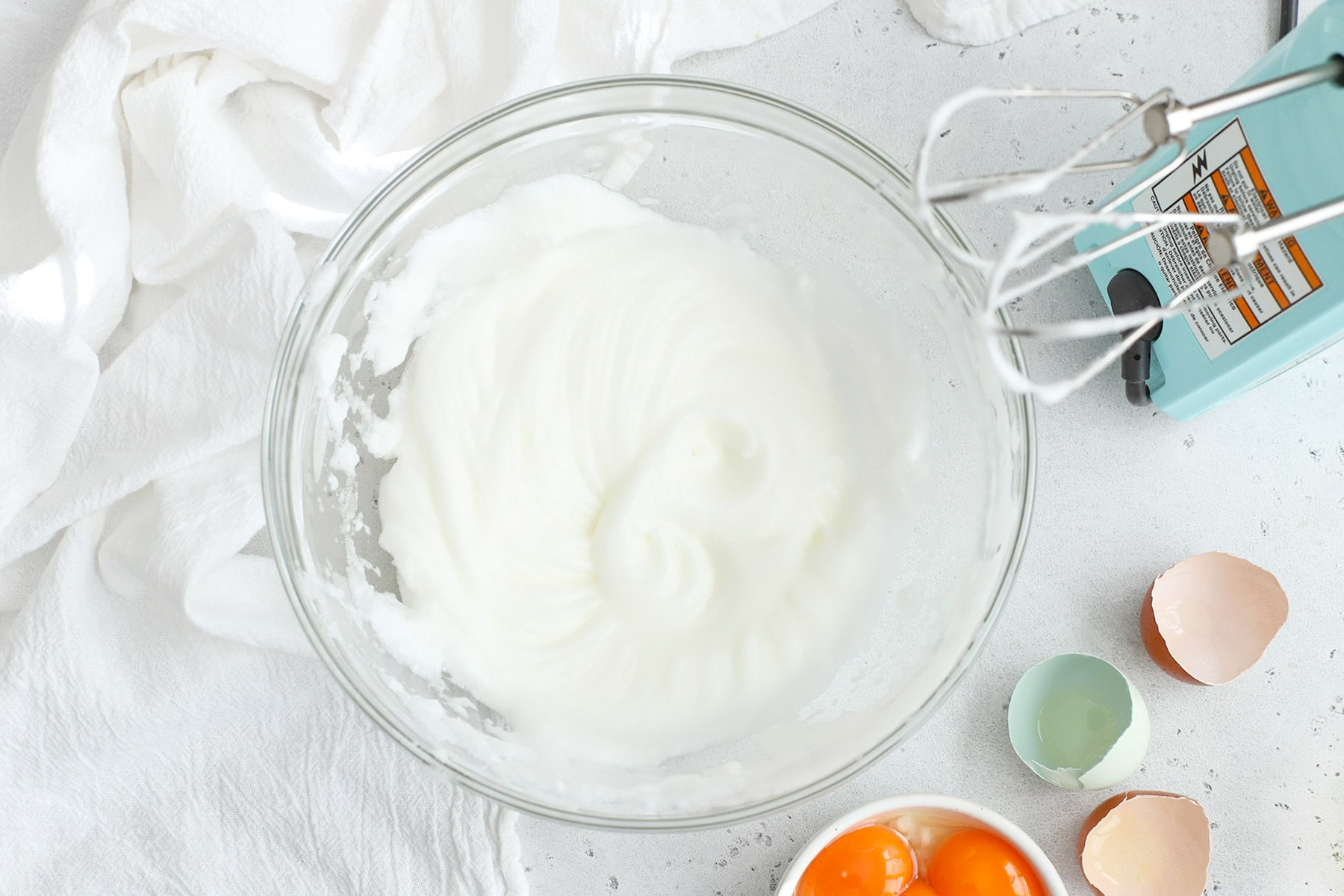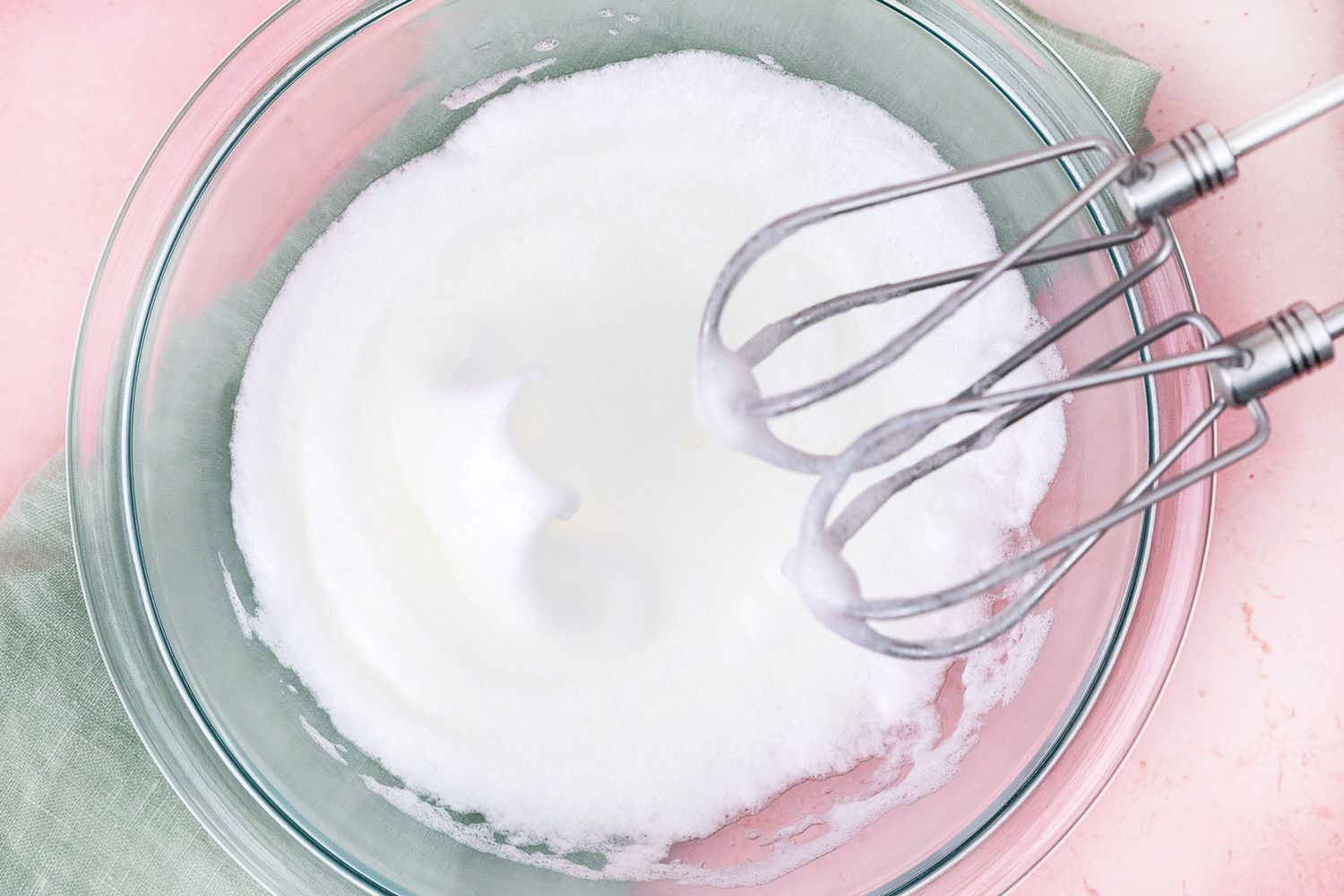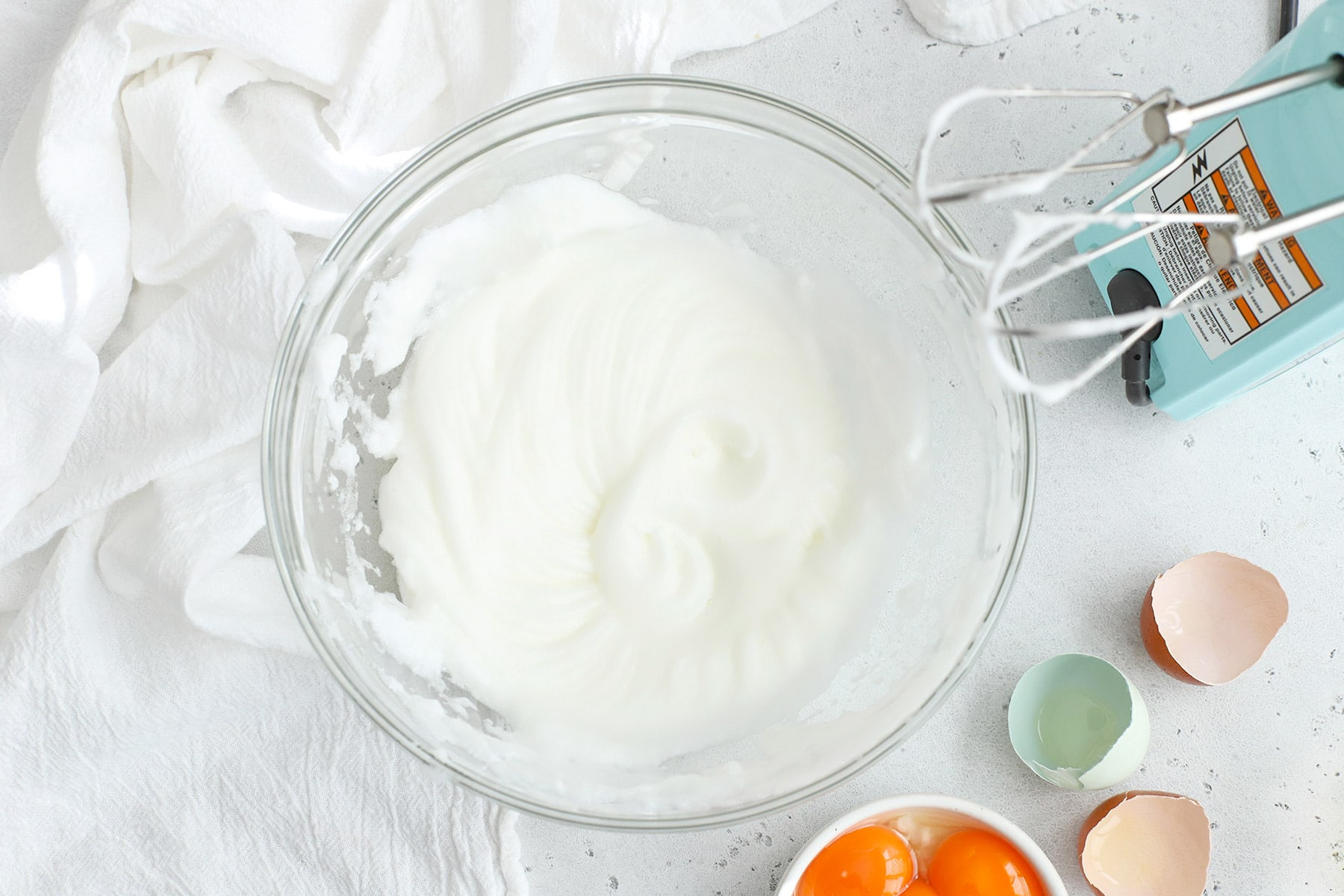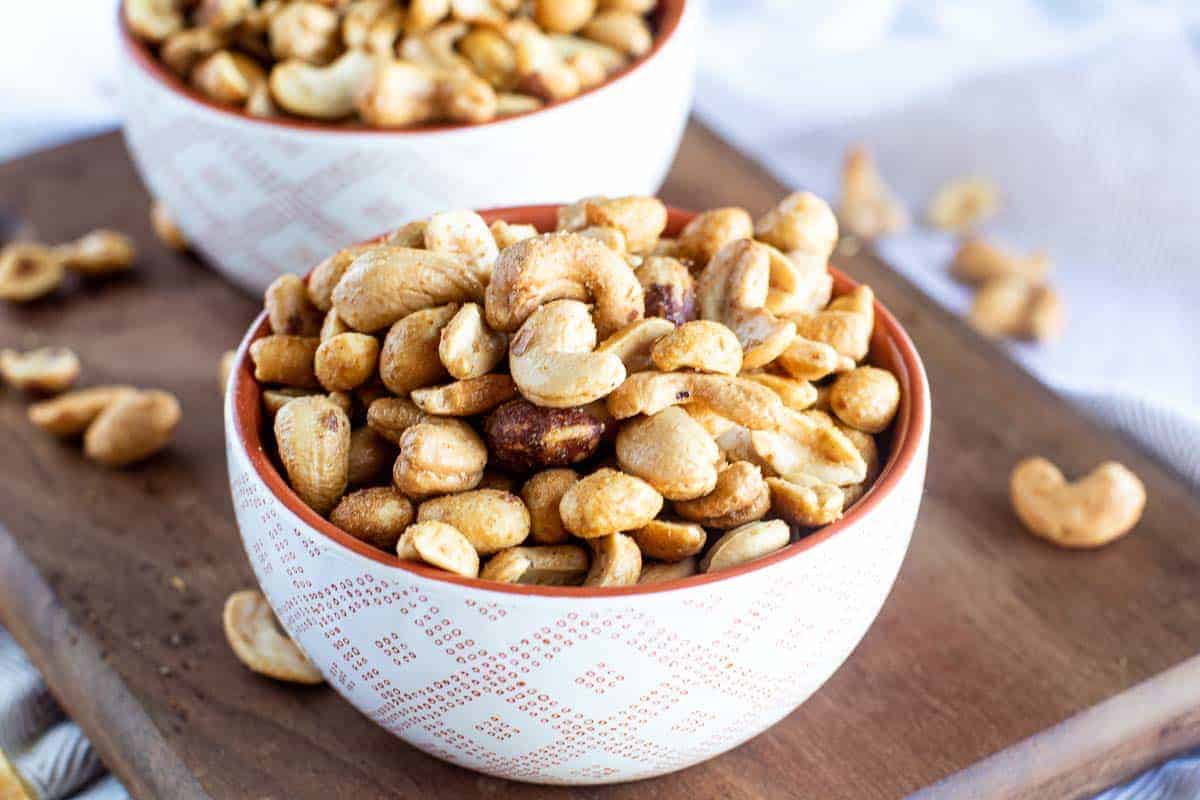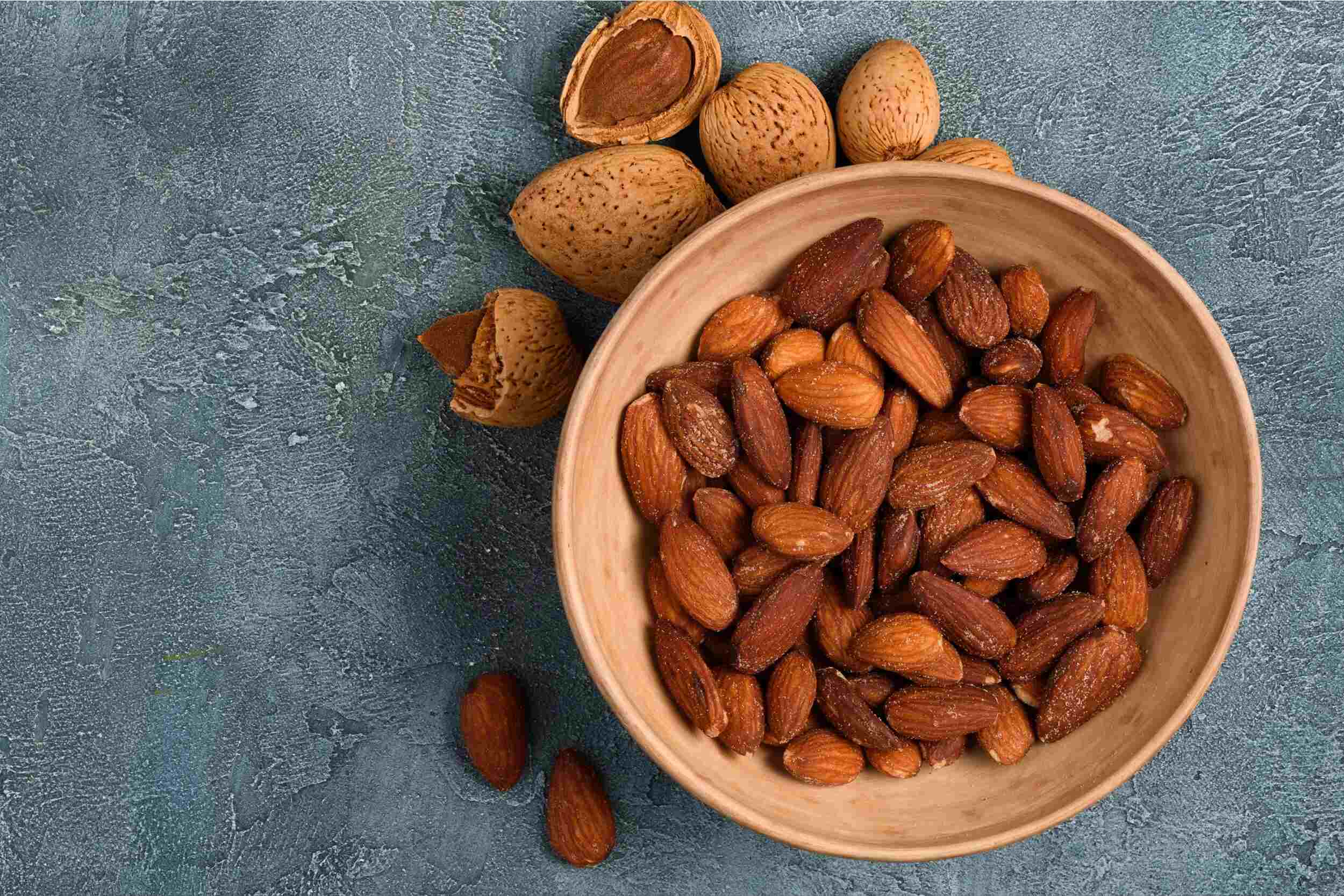Whipping Egg Whites to Perfection: A Step-by-Step Guide
Whipping egg whites to stiff peaks can seem like a daunting task, but with the right technique and a little practice, you can achieve that perfect, cloud-like texture every time. Whether you’re making a fluffy meringue or a light and airy soufflé, mastering the art of whipping egg whites is essential for any aspiring home chef. Here’s a step-by-step guide to help you whip egg whites to stiff peaks like a pro:
1. Start with Fresh, Room Temperature Egg Whites
Using fresh eggs is key to achieving the best results when whipping egg whites. Make sure to separate the egg whites from the yolks carefully, ensuring that no specks of yolk contaminate the whites. Room temperature egg whites whip up more easily and to a greater volume than cold ones, so be sure to let them sit out for about 30 minutes before you start.
2. Use a Clean, Dry Bowl and Whisk
Any grease or residue in your mixing bowl or on your whisk can prevent the egg whites from reaching their full potential. To avoid this, make sure your bowl and whisk are completely clean and dry before you begin. A metal or glass bowl is ideal for whipping egg whites, as plastic can sometimes retain traces of oil or soap.
3. Add a Pinch of Salt or Cream of Tartar
Adding a small amount of salt or cream of tartar can help stabilize the egg whites and improve their ability to hold air and form stiff peaks. This step is especially important if you plan to add sugar to the egg whites later in the whipping process.
4. Whip at a Low Speed, Then Increase Gradually
Start whipping the egg whites at a low speed to begin incorporating air. Once the whites become frothy, increase the speed to medium and continue whipping until soft peaks form. At this point, you can gradually add any sugar called for in your recipe, a little at a time, while continuing to whip the whites until stiff peaks form.
5. Test for Stiff Peaks
To test if the egg whites have reached stiff peaks, stop the mixer and lift the whisk attachment or beaters out of the whites. The peaks should stand up straight and hold their shape without drooping. Be careful not to over-whip the egg whites, as they can become dry and grainy if whipped for too long.
6. Use the Whipped Egg Whites Immediately
Once you’ve achieved stiff peaks, it’s important to use the whipped egg whites right away in your recipe. They will begin to lose their volume and stability if left to sit for too long. Gently fold the whipped egg whites into your batter or mixture using a spatula, taking care not to deflate the airy texture you’ve worked so hard to achieve.
With these tips in mind, you’re well on your way to mastering the art of whipping egg whites to stiff peaks. Practice makes perfect, so don’t be discouraged if it takes a few tries to get it just right. Before you know it, you’ll be whipping up delicate meringues and impressive soufflés with confidence and ease!
Recipes to Showcase Your Perfectly Whipped Egg Whites
Now that you've mastered the art of whipping egg whites to stiff peaks, a myriad of exquisite recipes awaits your newfound skill. For a truly elegant dessert, try the Chocolate Soufflé Recipe, where the airy texture of whipped egg whites is pivotal. If you're in the mood for something light and heavenly, the Angel Food Cake Recipe is a classic that showcases the fluffiness that properly whipped egg whites can provide. Adventurous bakers should consider the French Macarons Recipe, as these delightful treats depend on the finesse of whipped egg whites for their characteristic smooth tops and ruffled feet. Lastly, for a dessert that impresses at any dinner party, the Pistachio Soufflé Recipe blends nutty flavors with the cloud-like texture of whipped egg whites, making it a must-try for any aspiring chef.
Was this page helpful?
Read Next: How To Whip Egg Whites Without A Hand Mixer
